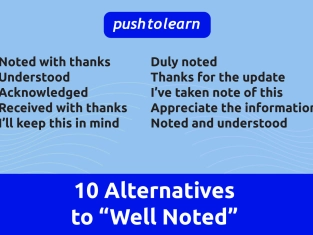by PushtoLearn
How to boost efficiency of language schools
To start with, we studied the experience of our colleagues from Midwestern University (USA). They conducted an experiment in which included online elements, tests and cases into their marketing course. Then they calculated whether it influenced results of final course exams. The online platform enabled them to introduce interactive elements into their course for students’ practice at their individual pace, instant checkup of results and course feedback. 133 students participated in the experiment. Results showed that student engagement in the study process was 25% higher and results of interim and final tests were significantly better with regular practice on the online platform – for half a point higher according to three-point scale.
After that we looked at the report of Blackboard, SaaS platform for higher education, which told about correlation between students’ marks and time spent in the learning management system. To check their ideas, their researchers analyzed 1,5 billion inputs of data. It turned out that in 22% of courses it really improved final grades when students spend more time in LMS.
Finally, we analyzed principles and mechanism of our online training activities. The core benefit is that they are built around coursebooks which are used by language schools. But how can we make students learn more actively?
We analyzed several thousand students of our partners and understood that:
- When a training activity has a lot (60-80-100) words, then it takes a lot of time to finish the activity. Students lose motivation to go along the long way till the end of the training activity, so learning value of training deteriorates
- It is not relevant to show results of the active exercise as it does not show how well a student knows the material, but how lucky he was clicking variants of answers
- If a student makes a mistake it just influences their statistics, but does not influence the exercise, so the value of mistake is little.
As a result, we set a goal to redesign our training activities. We want every action count. It should have its price and value for students: you make a mistake – you have to do one more task in the exercise. Ultimate goal is to get 10 correct answers, every mistake adds +1 task, and at the end we will calculate how many tasks it took the student to reach the goal of 10 correct answers (100% result), consequently we will calculate success rate of learning.
We will stimulate bite-sized activities which students can take over and over again.

